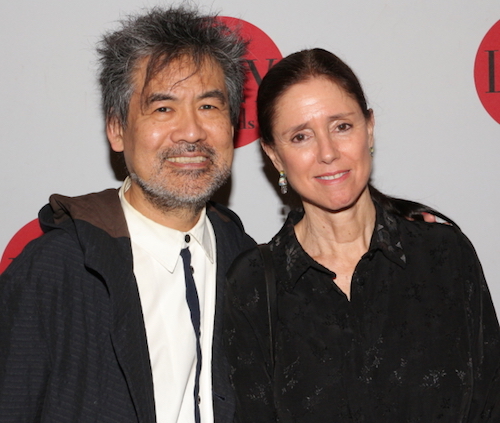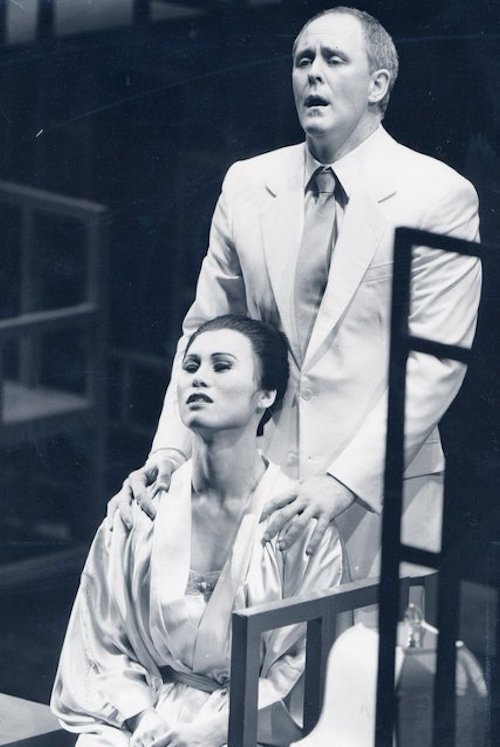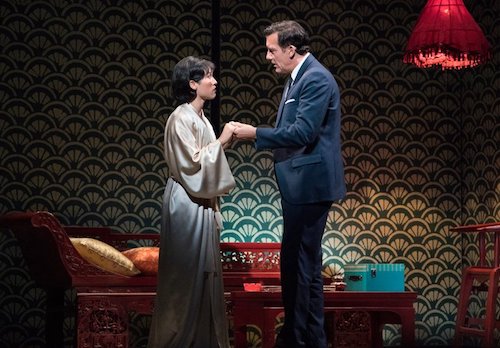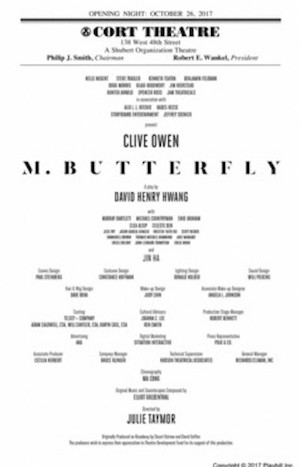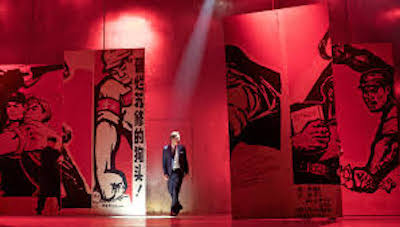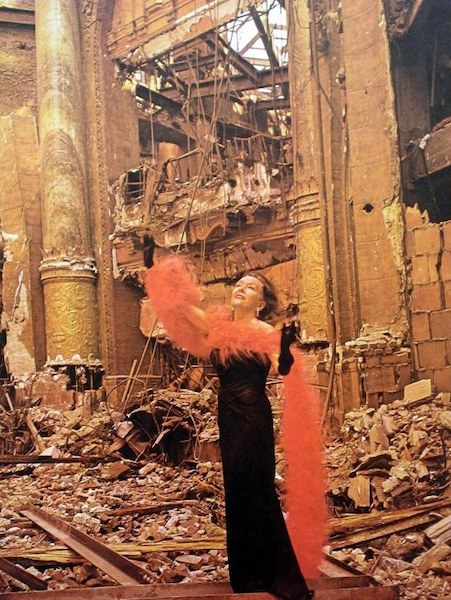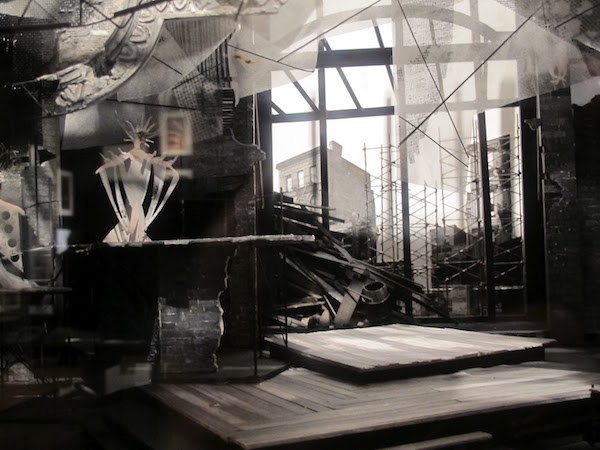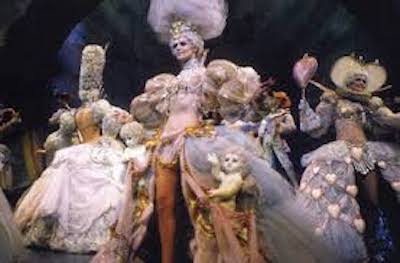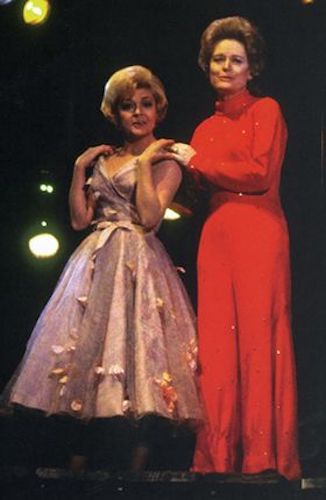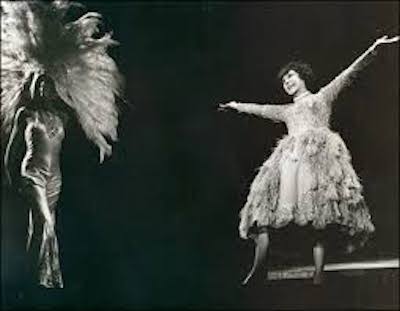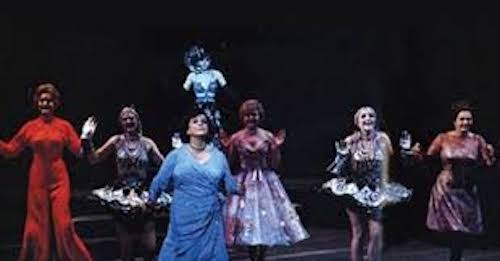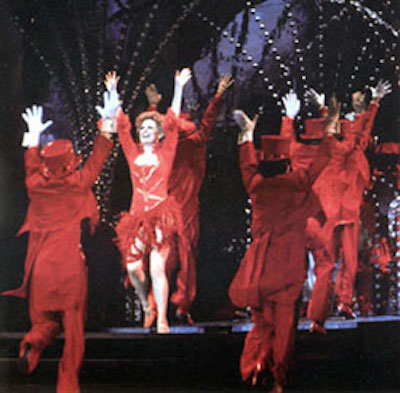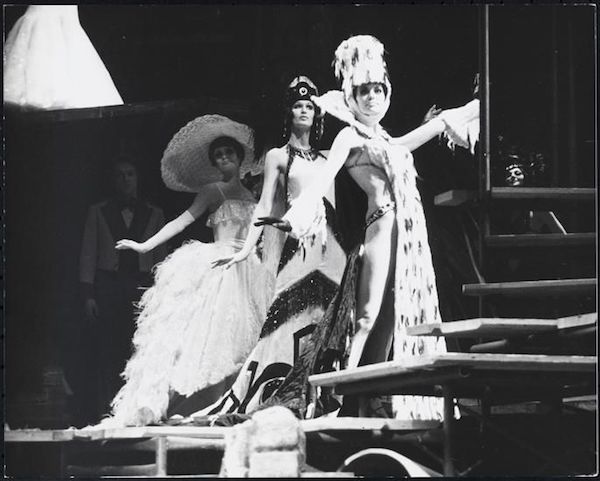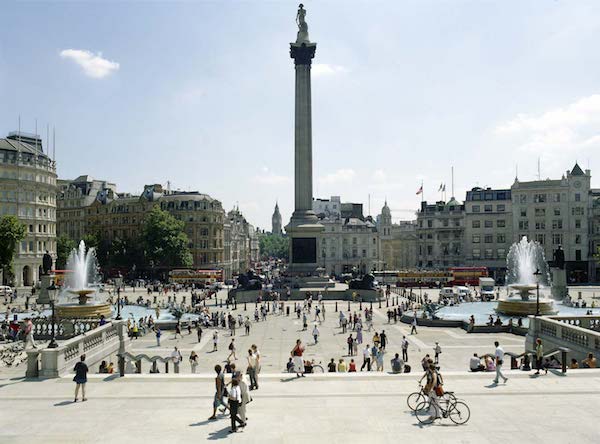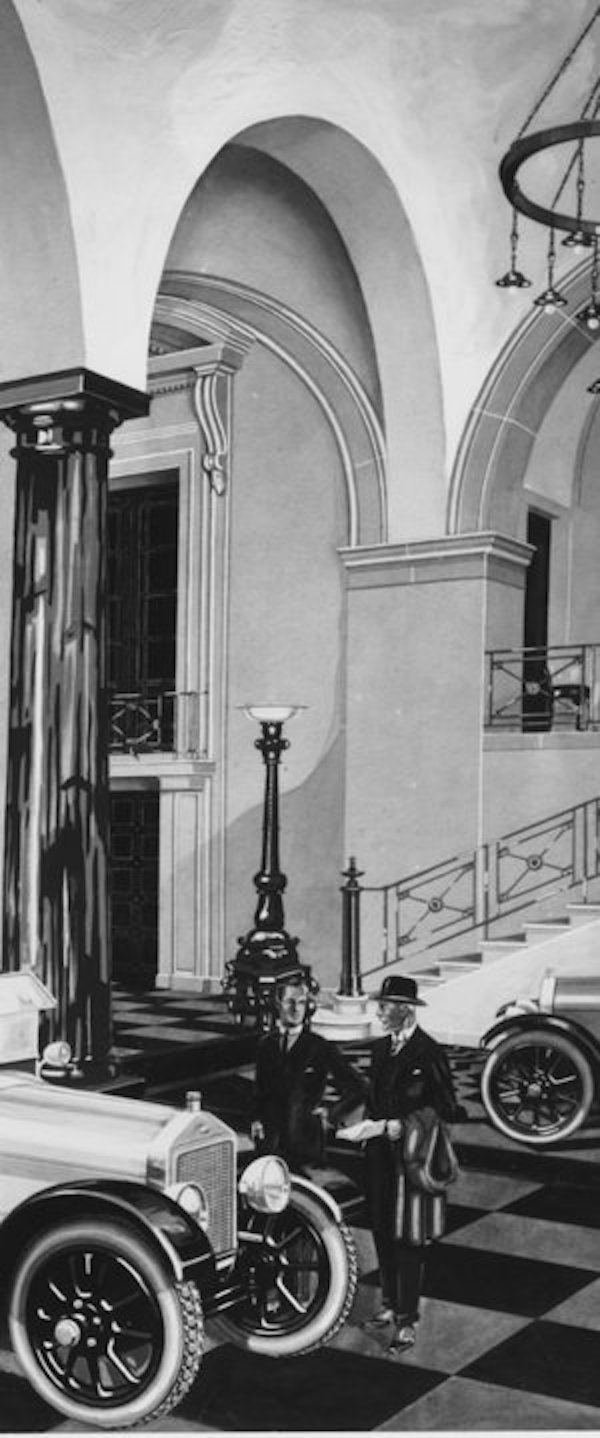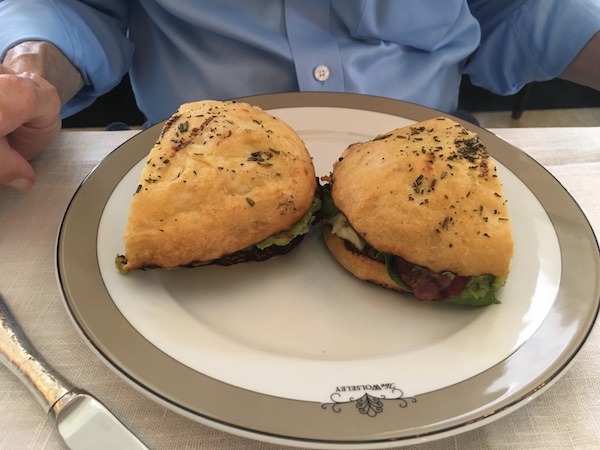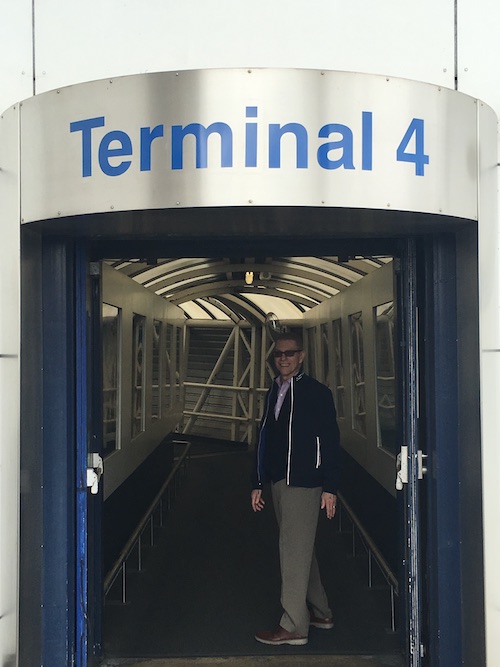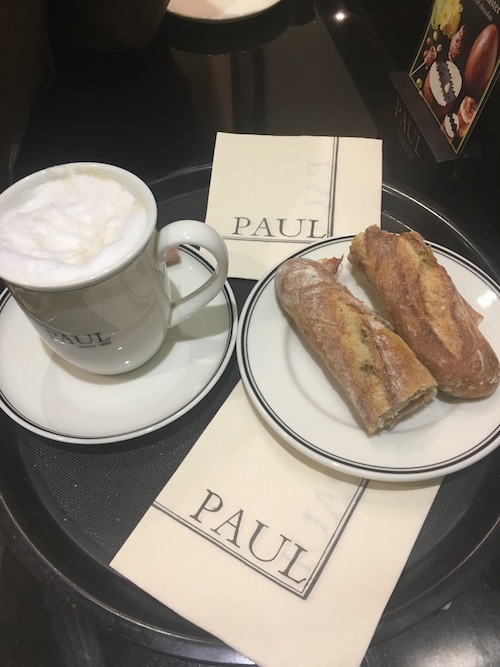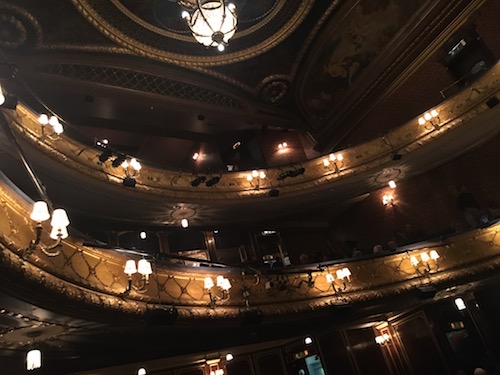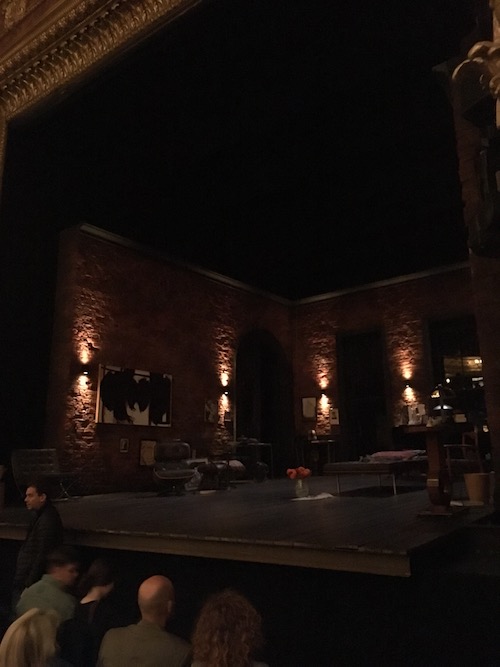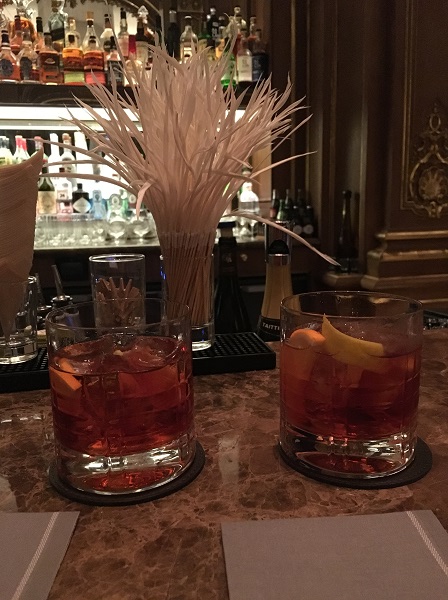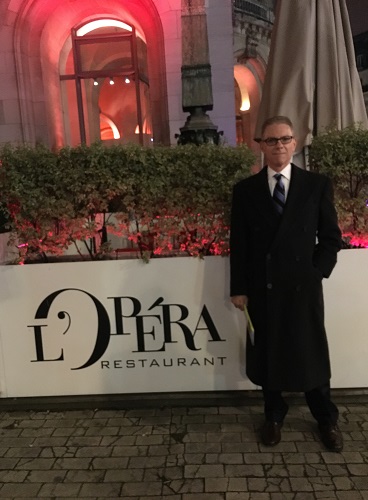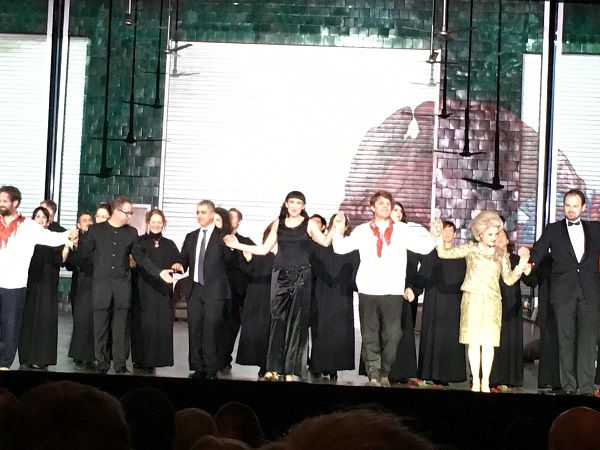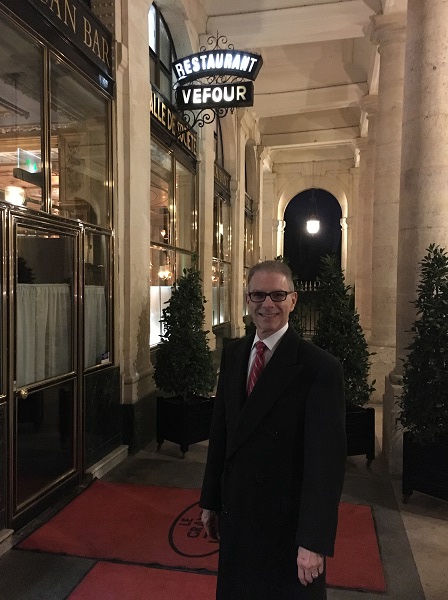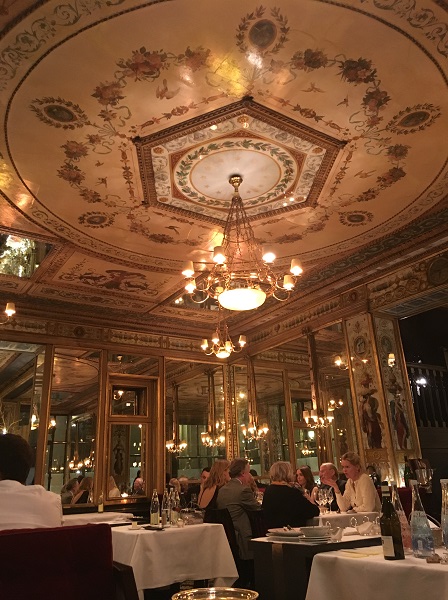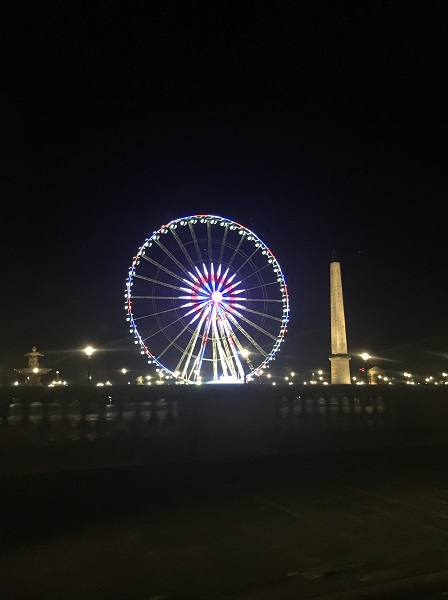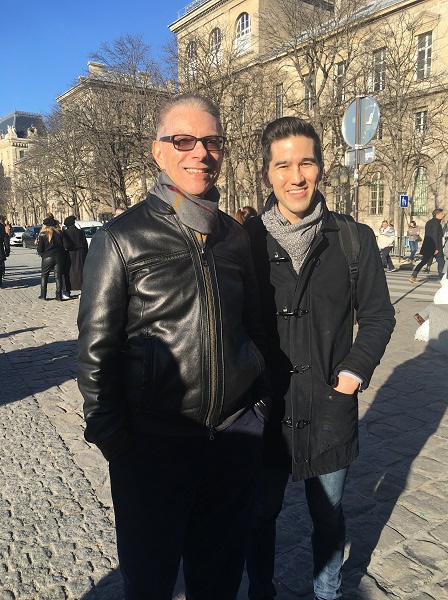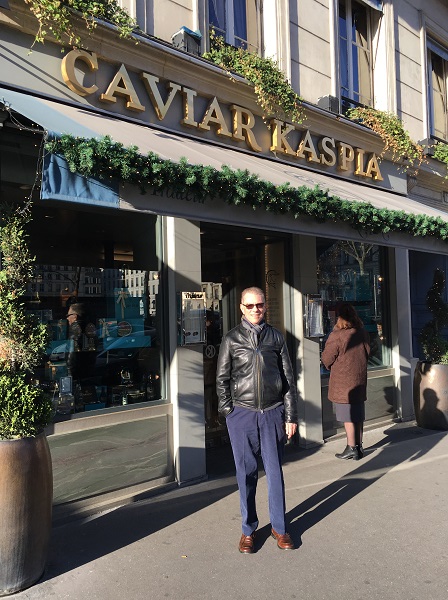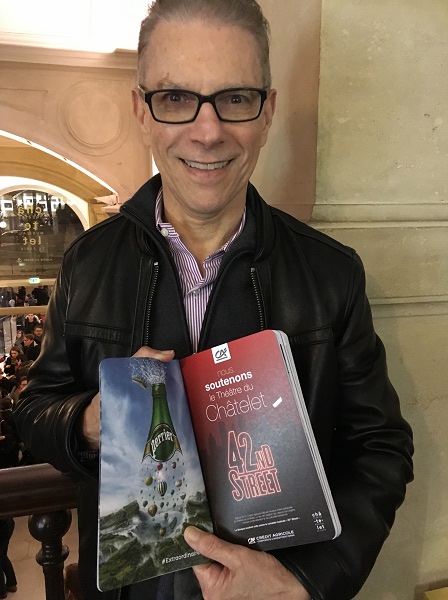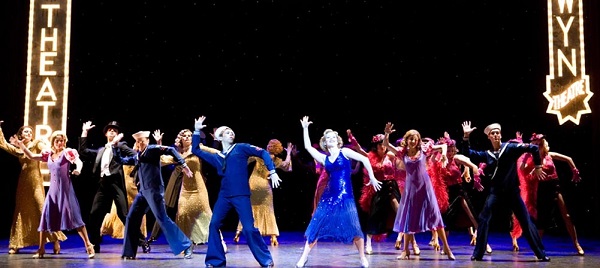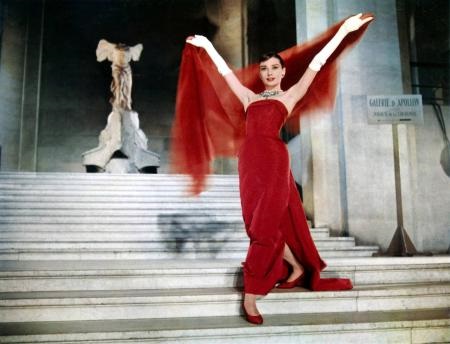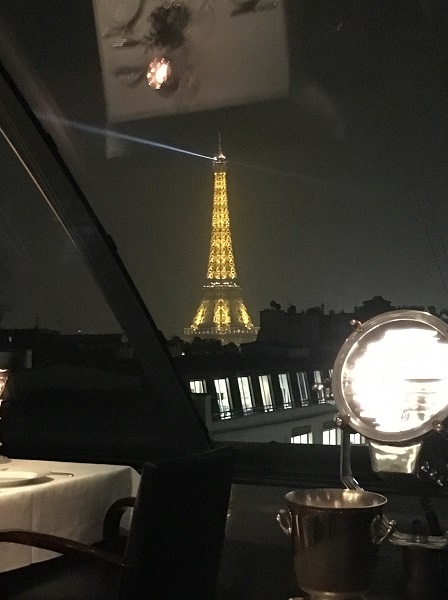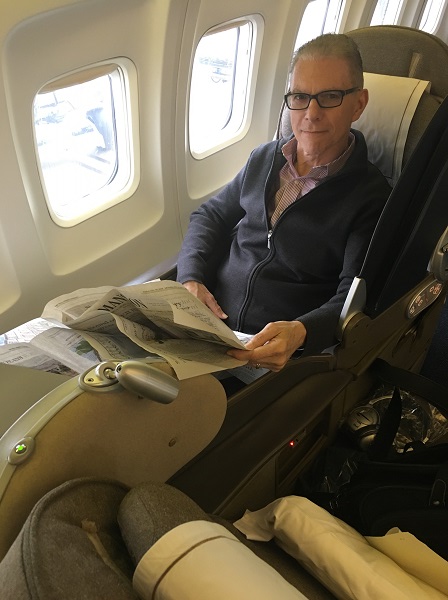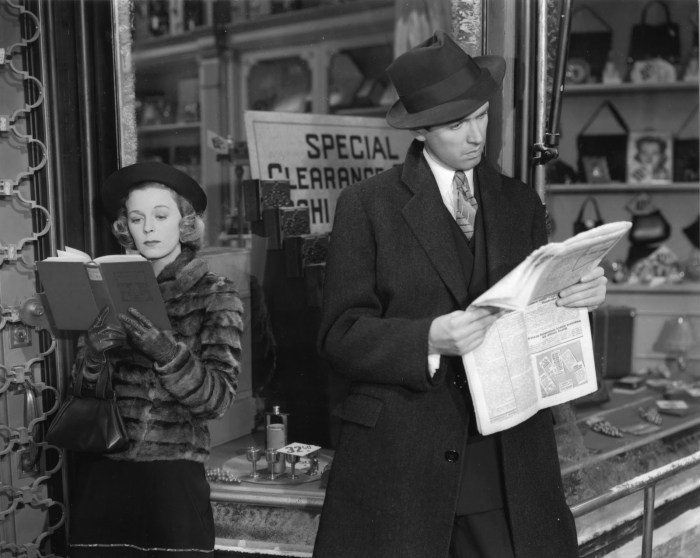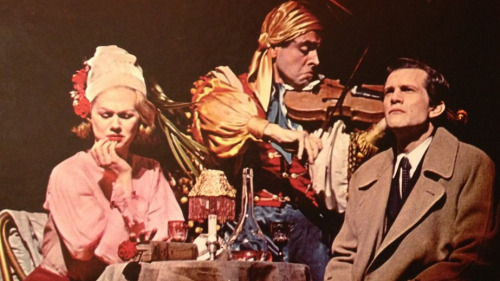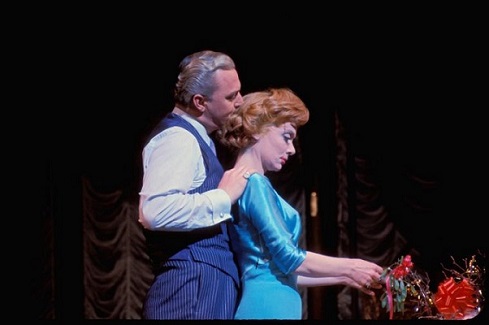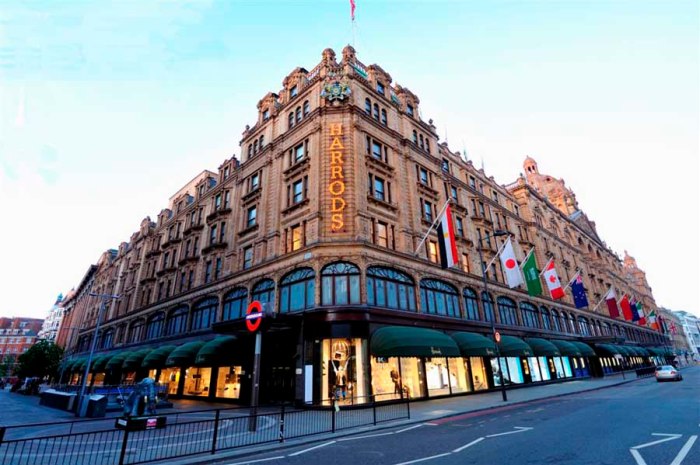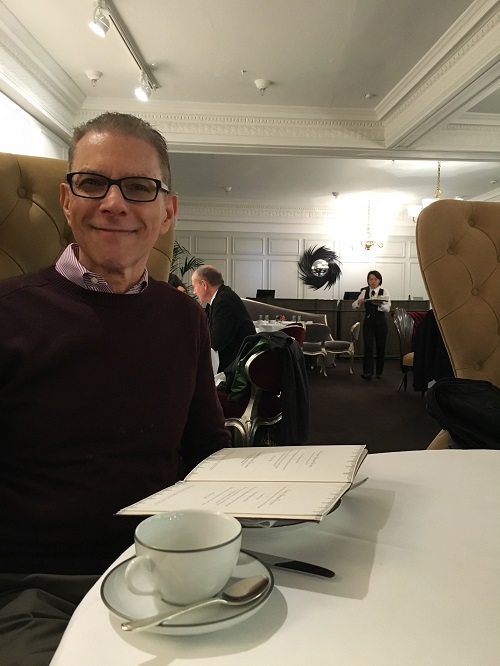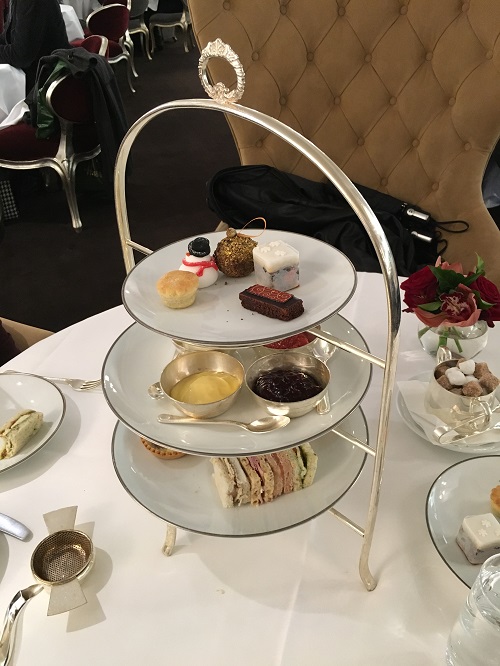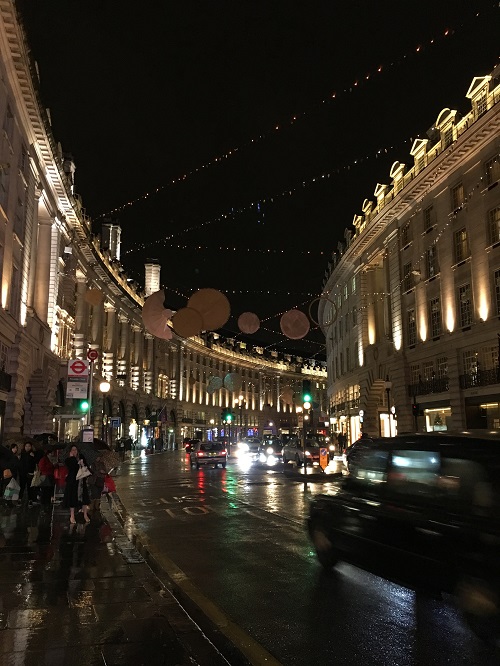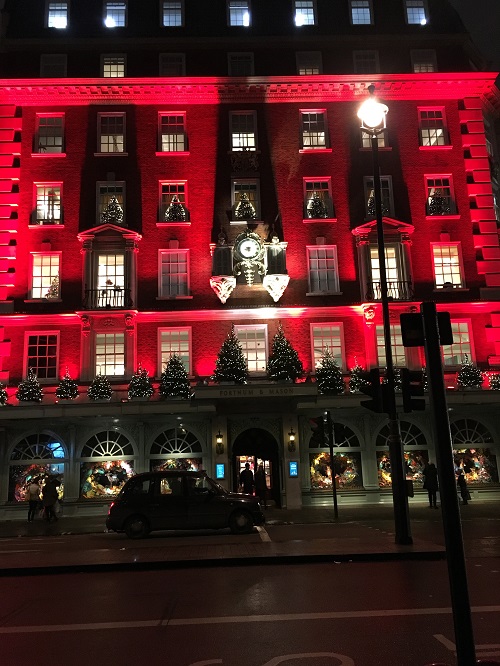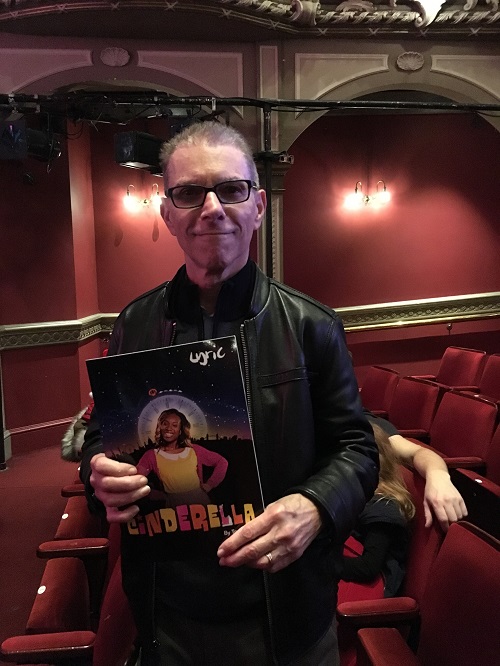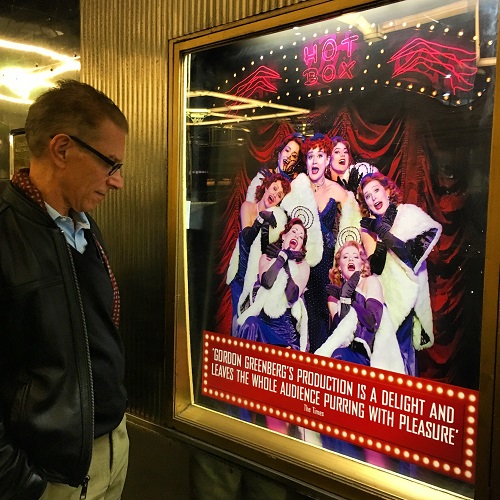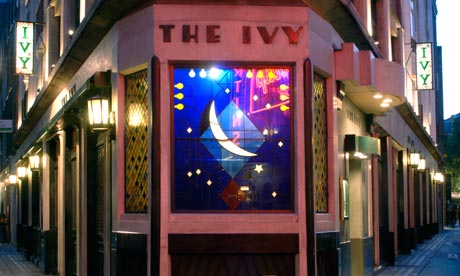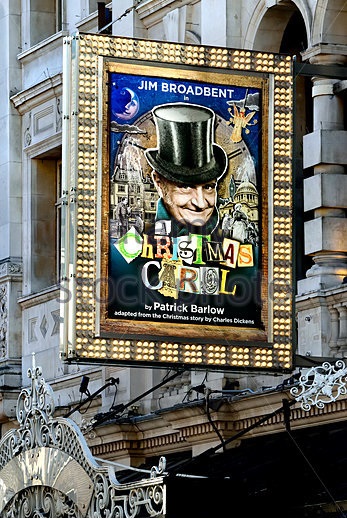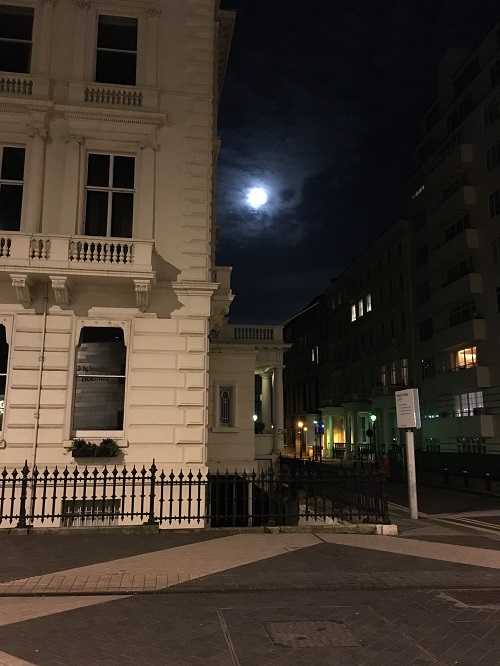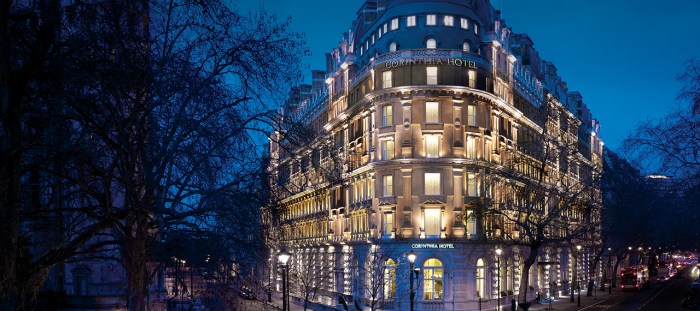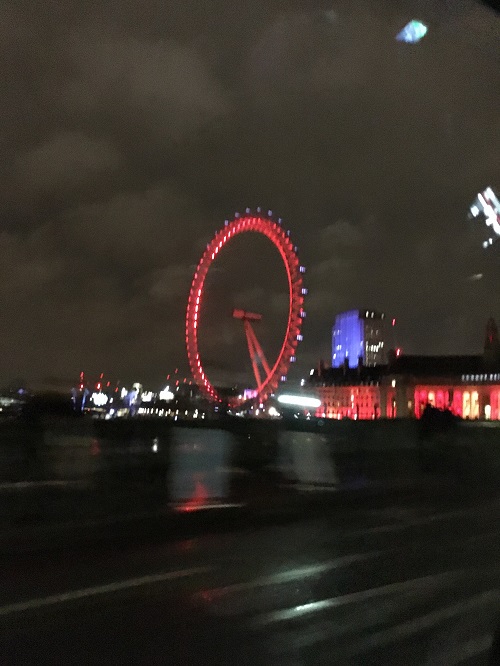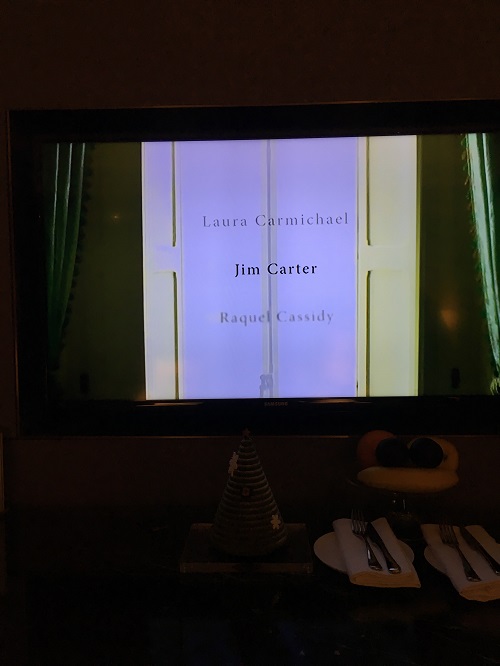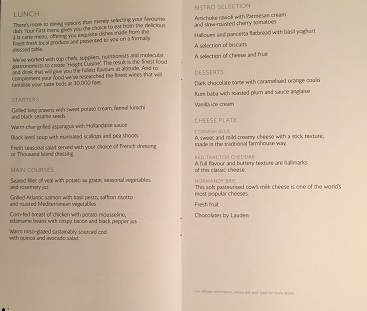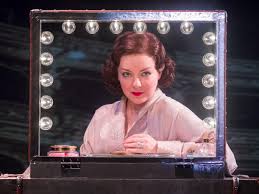OK – this post is a few days late!! But, in the rush of spending Christmas week in London, New Year’s Eve, and preparing to leave next Thursday for Buenos Aires, I fell a bit behind. I’m sure you’ll forgive my tardiness.
Ahem: As I was saying:
At this time of year, everyone seems to be publishing “best-of” lists. As I’ve only been blogging for barely 3 months, I thought I’d challenge myself to post 3 of these lists: one each for travel, culture, and cuisine.
My final year-end post highlights the cultural events that made a real impression on me in 2015.
In alphabetical order:
Apotheosis Opera – New York
“Hey, kids! Let’s put on an opera!!”
Let’s say that you’re 25 years old and you’re just out of school and it’s always been your dream to conduct and stage an opera. And you get together with a buddy of yours’ and you both agree to start from scratch and – to make it really interesting – you’re not going to produce just any old opera but – why the heck not? – you choose, as the 1st production of your fledgling opera company, Richard Wagner’s Tannhäuser.
We’re talking about an opera in which the title role is so treacherous (à la Siegfried or Tristan) that there are probably less than a dozen tenors worldwide who regularly perform it.
Throwing caution to the wind, that’s exactly what Matthew Jenkins Jaroszewicz and Sam Bartlett did. They found themselves an orchestra and a talented group of young up-and-coming singers and a venue, the Museo del Barrio on upper Fifth Avenue and, for 3 performances last summer and at a top ticket price of $45.00, you could see a complete Wagnerian opera. IN ENGLISH (even with supertitles!)!! And it wasn’t half bad. In fact, the audacity of it made for one of the cultural highlights last summer in New York.
Welcome to Apotheosis Opera.
One of the best things about attending the performance was seeing the audience – a very diverse one at that – and how excited they were to be there. And, because the pit wasn’t lowered below the main floor as in most theaters and was fully visible to the audience, it was fascinating to watch the orchestra warm up. We were particularly obsessed with one young percussionist rehearsing a tambourine solo over and over again. These were, for the most part, young professional musicians performing Wagner, possibly for the 1st time.
And then there was our young conductor, Mr. Jaroszewicz, whose enthusiasm was palpable and infectious.
I won’t tell you that it was a perfect performance but it had the elements of something very special happening for the first time.
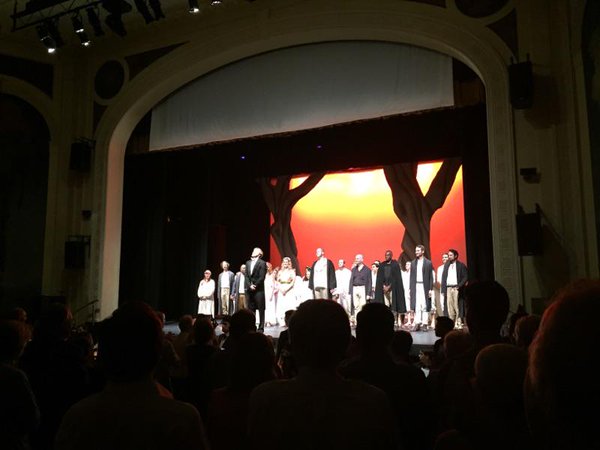
Opening Night Tannhäuser Curtain Call
The Tannhäuser run was successful enough that, next summer, the Apotheosis guys will present their 2nd production, Puccini’s La Fanciulla del West, another opera not often performed and with its own special set of challenges.
Look for it next July.
CULTURE TIP: Apotheosis Opera
The New York Times on Apotheosis Opera
Awake & Sing! – The National Asian American Theatre Company
Clifford Odets’ quintessential depression-era play about a Jewish family of dreamers and realists living in a cramped apartment in the Bronx had a brief run at the Public Theater last summer and it proved two things: first: NAATCO is a theater company of the 1st order; and second: you don’t have to be or look Jewish to make a compelling case for the play. In fact, it showed, once again, how an excellent production of a seminal play transcends any particular demographic community and becomes, instead, a story of any family that could take place anywhere and anytime.
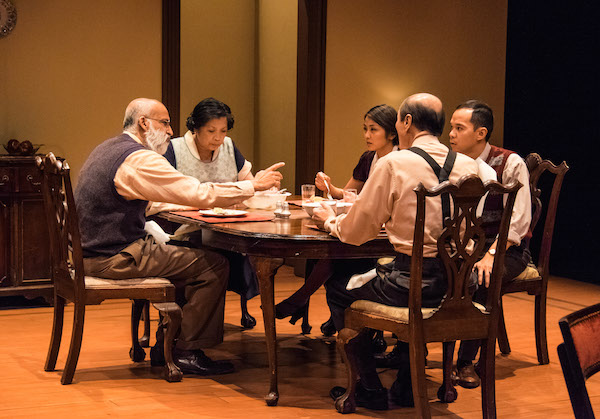
The Awake & Sing! Company
CULTURE TIP: National Asian American Theatre Company
The New York Times on Awake & Sing!
Gypsy – London
Performed on the West End for only the 2nd time, since Angela Lansbury’s spectacular 1973 turn as Rose, Gypsy returned in triumph, following a brief run at the Chichester Festival the previous fall. Starring Imelda Staunton as the indomitable Madame Rose, and directed by Jonathan Kent (both of whom collaborated on the 2012 production of Sweeney Todd), this Gypsy was a sensation, and particularly so for Ms. Staunton.
Her fearless and boldly unsympathetic performance is one for the ages: this Rose takes no prisoners. When she says at the end of the play: “I guess I did do it for me”, you know exactly what she means. Yes, she’s a mother and she’s a lover but her ambition lays waste to everything and everyone in her path. She plays the ruthless monster who, through circumstance (because she “was born too soon and started too late”), gets her comeuppance but fails to understand or to accept what has happened to her.
One of the best aspects of this production is that it has been reimagined after so many productions in New York directed by the original librettist, Arthur Laurents. It frees up all of the creatives and allows them to start fresh. Even the original Jerome Robbins’ choreography – except for the brilliant transition when the kids grow up in front of our eyes – is given a fresh coat of paint.
But the main reason to see this Gypsy was to see Staunton’s Rose. Every moment and every movement was completely thought out and yet retained complete spontaneity. Her specificity of thought and deed was riveting.
Fortunately for anyone unable to see the performance live in London may yet have a chance to see this production: It was filmed for BBC several months ago and will be televised in the UK during the holidays; perhaps it will cross the pond and eventually be shown here.
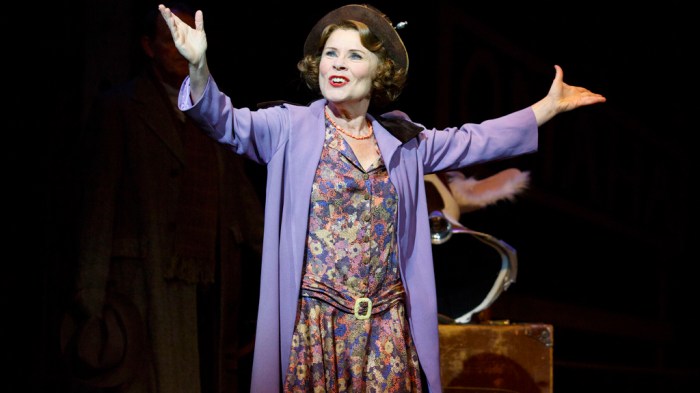
Imelda Staunton takes on Madame Rose
Variety reviews Gypsy
Hamilton – New York
Is there anyone left who hasn’t heard of the juggernaut called Hamilton? Inconceivable! Playing its initial run at the Public Theater last winter, it arrived on Broadway in triumph this past summer.
And everything you’ve heard is true. It is a landmark musical and Lin-Manuel Miranda is a genius.

The insanely talented Lyn-Manuel Miranda as Alexander Hamilton
Based on Ron Chernow’s 800+ page book, Alexander Hamilton, the musical is a faithful adaptation, performed in rap! Before Miranda’s previous musical – In the Heights – opened and proved me wrong that rap couldn’t succeed and flourish on the musical stage, I was a complete naysayer. But using rap to tell Hamilton’s story – and utilizing the talents of a supremely talented cast of diverse actors – turns out to be a brilliant conceit. Not only that, but the diversity of the cast which, if you look closely, resembles what America looks like today, draws a direct line from the late 18th century to the early 21st century. All of which contributes to the diverse audience clamoring for seats to this show for which tickets are nearly impossible to obtain, unless you have extremely deep pockets (and possibly not even then).

The Hamilton Company
For those of you with long memories, you may recall that exactly 40 years ago another show opened at the Public Theater and, after a resoundingly successful run there, moved quickly to Broadway, where it swept all the theatre awards that season – and the Pulitzer Prize – and went on to run for 15 years. That show was A Chorus Line, and it’s entirely possible that history is about to repeat itself.
CULTURE TIP: Hamilton
The New York Times on Hamilton
The King and I – Lincoln Center Theater
Sometimes, there’s nothing like an old-fashioned musical to lift your spirits. But what’s even better is seeing a new production of a classic show that feels fresh and new. That’s how I felt about Gypsy on the West End and it’s exactly how I feel about Bart Sher’s production of The King and I, now playing at the Vivian Beaumont Theatre at Lincoln Center. Sher has a great talent in mining the texts and scores of well-loved shows, but always finding something new to say, while still respecting the original material. In The King and I, he’s managed to do it in two ways.
First, he’s swept away all of the “far East exotica” that seems highly theatrical but also, perhaps, inauthentic. Instead, Sher and his designers have created an austere and yet incredibly beautiful playing area that suggests Siam and inhabits every inch of the vast Beaumont stage. It is spare and, at the same time, sumptuous. There’s also a marvelous coup-de-theatre that opens the show – which I won’t spoil for you here – that, again, shows off what the Beaumont stage can do.
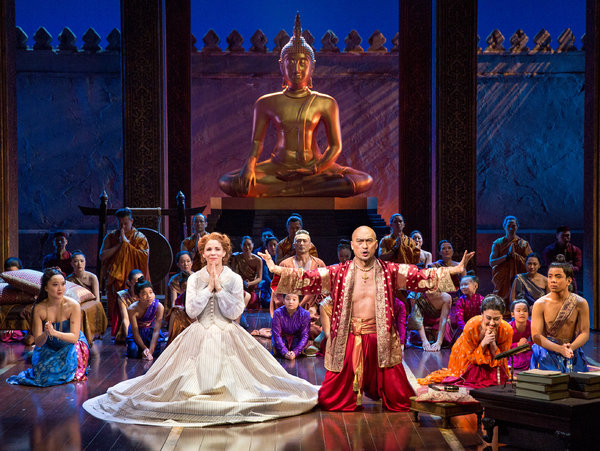
Kelli O’Hara and Ken Watanabe – Act I Finale
Second: Sher has reexamined the text and understood, perhaps for the first time, that not only Mrs. Anna Leonowens, but also Lady Thiang and Tuptim, are strong powerful characters and he has directed them in just this way. In Lady Thiang’s case, she has always been presented as subordinate to the King, with little or no character of her own. Not this Lady Thiang, as played by Ruthie Ann Miles, in a Tony-winning performance. She is a prime mover and shaker at the Siamese court and a true power behind the throne. For the first time, I felt that “Something Wonderful” was played not as a plea by a weak woman to a strong woman but, rather, as drawing a line in the sand and daring Mrs. Anna to do what she knows is right.

Ruthie Ann Miles – Something Wonderful
Ashley Park’s Tuptim is also made of sterner stuff. She knows what she wants and she goes after it. Unfortunately for her, it doesn’t end well.

Ashley Parks and Ruthie Ann Miles
Ken Watanabe brought great stage presence and charisma to the stage but, unfortunately, he was almost unintelligible during most of the preview period and into the run. Although his diction markedly improved, he left the cast when his contract was up last summer and has been succeeded first by Jose Llana and now by Hoon Lee, both more experienced in the art of theatrical musical performance than Mr. Watanabe.

The 11:00 Number
Finally, 6 must be the charm for Kelli O’Hara, who triumphantly won her 1st Tony award last Spring (and did her version of “The Worm” as part of her acceptance speech). While her Mrs. Anna was not to everyone’s taste – and she had to compete with Kristen Chenoweth’s brilliant and wacky Lily Garland in the revival of On the Twentieth Century – O’Hara brought dignity and a sumptuous voice to this classic role.
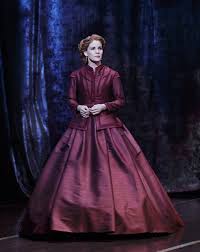
Kelli O’Hara
CULTURE TIP: The King and I
LoftOpera – Brooklyn
I covered LoftOpera in a post earlier last month, but I want to reiterate what I said then. With slim resources, but with lots of imagination, talent and integrity, this young company is performing opera for the peeps. Since the venerable New York City Opera went under in 2013 (although it is making some kind of comeback in 2016), and with the unexpected loss of Gotham Opera last year, it will be interesting to see if LoftOpera can continue on its trajectory to becoming the new “People’s Opera”. For as little as $160, can purchase a membership to their 2016 season of 4 operas (beginning with Puccini’s Tosca and ending with Weill’s and Brecht’s Mahagonny) and I’m telling you that you won’t regret making that investment of time and money.
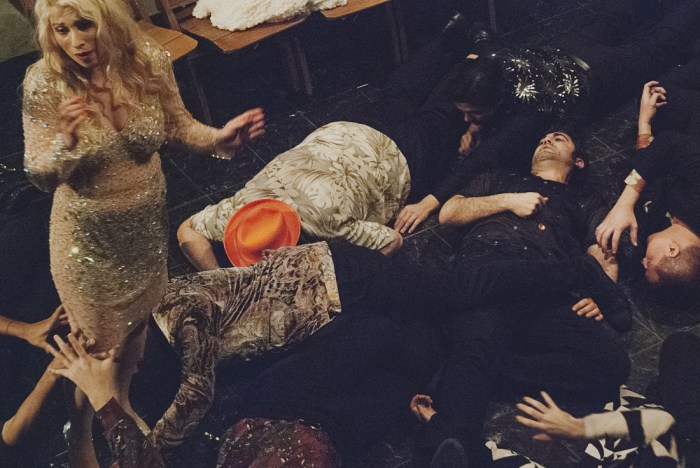
LoftOpera’s 2015 production of Lucrezia Borgia
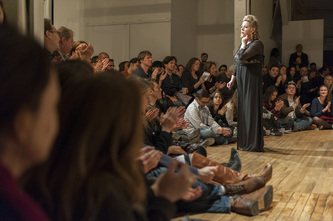
The audience and the performers are one
CULTURE TIP: LoftOpera
Lyrics & Lyricists – the 92nd Street Y
This venerable subscription series, which has been in business for many years, turned its attention this past year to Sheldon Harnick and, arguably, his magnum opus, Fiddler on the Roof, to commemorate the musical’s 50th anniversary. While we all expected a Fiddler redux with Sheldon telling stories and hearing that wonderful score performed by a talented bunch of singers, what we actually got was something of an archeological dig. Mr. Harnick presented an intriguing evening of some 20 songs composed for Fiddler that, for a myriad of reasons, never made it into the finished show.

Sheldon Harnick gives us the skivvy
For instance, the original opening number for the show was intended to be We’ve Never Missed a Sabbath Yet for Golde and her 5 daughters. It was an OK sort of number, but didn’t really set up the show for its audience. It took months of director Jerome Robbins haranguing the writers and producer Hal Prince: “What is the show ABOUT?” It took many meetings before one of them blurted out an exasperated something about the community’s traditions and how, over the course of the show, they began to disperse in the same way the characters would at the end of the play. “That’s it!!” Jerry cried, and continued: “But, if that’s what the show is about, then you have to write an opening number that tells the audience what they’re about to see.” And so Tradition, arguably one of the greatest opening numbers of any musical was born.
But I digress. The evening we spent at the 92nd Street Y and with Sheldon and his cast was full of discoveries. We heard incredibly good songs and lyrics that, for reasons explained by Sheldon, just didn’t make the cut. This was not untalented material, just not right for the show.

The cast performs the Fiddler songs we’ve never heard
And that was the most interesting aspect of the evening: how consummate theatre craftsman collaborate – “laden with happiness and tears” – and arrive at the right place to create one of the last great musicals of Broadway’s fabled Golden Age.
CULTURE TIP: Lyrics & Lyricists
Nutcracker Rouge – New York
Part ballet, part Cirque du Soleil, part cabaret, part burlesque, and part Marquis de Sade, Nutcracker Rouge will get your pulse racing in more ways than one. Presented as the middle production of Company XIV’s 2015-16 season, Nutcracker Rouge is the creation and inspiration of company Artistic Director and Founder, Austin McCormick. He and his extremely talented company of dancers/singers/actors presented one of the most raucously enjoyable evenings in New York last year.

AAC CPA prepares to enjoy Nutcracker Rouge
I had expected an updated version of the Nutcracker that you and I remember from our childhoods. But, from the moment you entered the (faux) smoke-filled theater and saw all those red lights, you knew you were about to see something special and much more racy.

While you will most certainly recognize many familiar elements of the Nutcracker, the story takes many twists and turns, courtesy of the many novelty acts, none of which will I spoil for you here.
Your portal into this enterprise is Madame Drosselmeyer, who assumes many identities during the evening and changes costumes more times than Angela Lansbury in the original production of Mame. Think an extremely benign Emcee from Cabaret and you get the idea. Played with absolute insouciance by Shelly Watson, she has a fabulous voice and creates the perfect atmosphere through which the audience enters the delightful and demented world of Nutcracker Rouge. Oh, and she dances, too.
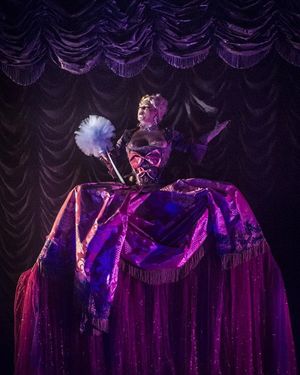
One of Madame Drosselmeyer’s many guises
Each cast member has his or her moment to shine, which they do as does the most brilliant precious stone. While time and space limits me from mentioning everyone, I would like to single out Laura Careless as Marie-Claire. In addition to her exquisite abilities as a prima ballerina, she is also a wonderful mime and comic. And she takes both her character and the audience on quite a journey towards enlightenment during the course of the evening.

Laura Careless (center)
Somehow, by the end of the evening and after all of the novelty acts, pole dancers, tricks and stunts, you will find yourself very moved when Marie-Claire’s Nutcracker Cavalier (charismatically portrayed by Steven Trumon Gray) emerges from the audience and takes the stage as the evening climaxes with their ecstatic pas de deux. The winning combination of Tchaikovsky’s irresistible music and the absolute commitment of the dancers make for a heartstopping moment.
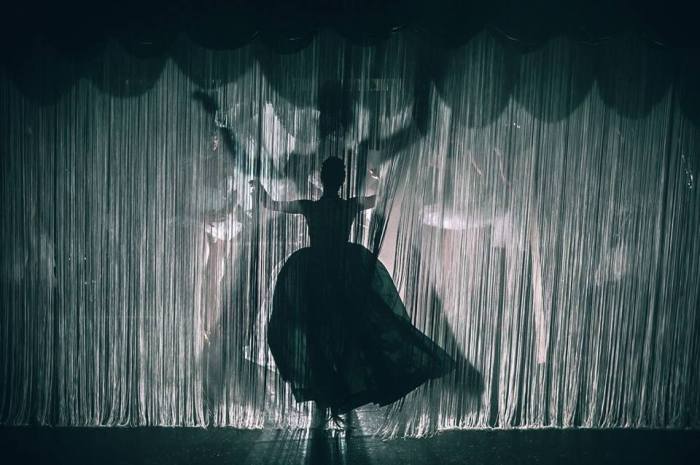
If you can’t see Nutcracker Rouge, which plays through January 17th, I encourage you to see the company’s final production of the season, Snow White, which begins on January 26th and runs through March 12th.
I, for one, can’t wait to see what the company does to THAT fairy tale!
CULTURE TIP: Company XIV
A View From the Bridge – New York
Who would have thought that New York would have been ready for – or needed – another production of Arthur Miller’s 1956 play, A View from the Bridge, particularly after the 2010 revival, directed by Gregory Mosher and starring Liev Schreiber as Eddie Carbone?

Phoebe Fox, Mark Strong and Nicola Walker
As it turns out, this galvanic new production, which originated at London’s Young Vic, presents one of the most intense theater-going experiences of my life. Directed by the controversial but intensely talented Ivo van Hove, I attended the last press preview, at which the audience sat spellbound and breathless for the two-hour intermissionless performance, at the end of which the audience was stunned into silence.
The company is led by Mark Strong’s galvanic performance as Eddie Carbone. I knew him only as an action figure in movies and had no idea of the depth of his acting chops. His tortured and confused but, somehow, very sexy Eddie doesn’t make a false move throughout the evening. Totally believable and heartbreaking at the same time, he held the audience in the palm of his hand.

Russell Tovey, Mark Strong and Phoebe Fox
The entire company was exquisite, none of whom struck a false note.
Van Hove’s great talent – depending on your point of view – is to reimagine plays in ways you never considered. This View is presented inside a square box with no props, no scene changes, and with all the actors barefoot. It must be very challenging for the actors to work in such a space, but they do.
The climax of the play is stunningly staged, and you will be thinking about it for days afterwards.
If you care at all about great theatre, you have only until February 21st to see this remarkable production.
CULTURE TIP: A View From the Bridge
The New York Times on A View From the Bridge
Happy New Year, everyone!


